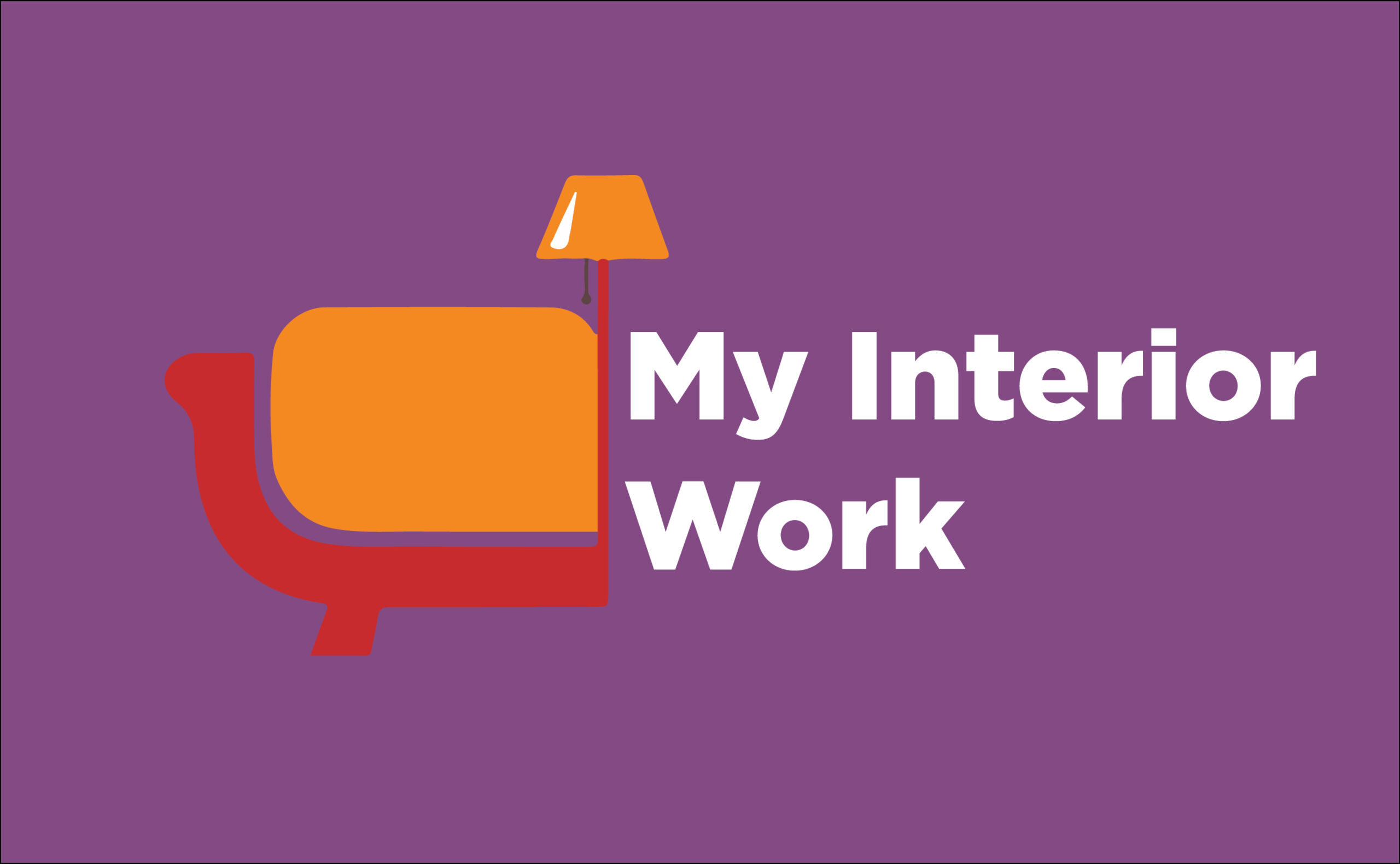You have a traveling sales rep who earns commissions for each sale they make, and commission can count as salary. But for whatever reason, the sales rep doesn’t meet the DOL’s requirements for exempt employees who earn a commission. The DOL set the $684-per-week salary requirement for these employees on January 1, 2020. Before that, salaried http://www.umap.ru/show/commodity::target/905884 employees who were exempt from earning overtime pay had to make at least $455 per week. To calculate overtime for a salaried employee, you must take the annual hours worked, 2,080 hours, and divide the income by it to get an hourly rate. According to the FLSA, overtime starts accruing the moment a nonexempt employee works more than 40 hours.
Overtime Hourly Rate
- Unfortunately, there isn’t a clear-cut answer that will work for every situation.
- 4You can see the overtime laws for individual states listed in this handy article from Patriot Software.
- Encourage your team to step away from their workstations for a few minutes every couple of hours to stretch their legs and clear their heads.
- If this is the case, make sure you communicate this to your employees ahead of time so they know what to expect.
As mentioned above, the typical threshold in most countries (including the U.S.) is 40 work hours a week. Whatever the limit is (some laws contain other thresholds), the employer should compensate for each hour exceeding the normal threshold. You’ll often get a “time and a half” rate when you work standard overtime, which means your pay rate is 1.5times your regular hourly wage. This typically happens when you work more than the standard number of hours in a day or week, often beyond 40 hours in a week inmany places. In fact, if an employee’s regular pay rate is $10/hour, you might end up paying close to $1,000 in overtime if you allow just 15 minutes extra every day.
Shape Calculators
For employees with rates of basic pay equal to or less than the rate of basic pay for GS-10, step 1, the overtime hourly rate is the employee’s hourly rate of basic pay multiplied by 1.5. Moreover within US, the overtime benefits may depend on the state policy as well, thus to be updated it may be recommended to contact the State Labor https://interiorua.com/modeling-the-interior-of-a-room-on-a-computer/ Office. This overtime calculator figures your total overtime paycheck and the OT rate, together with the regular pay by taking account of the number of hours worked. Everything there is to know on how to deal with this calculation is explained below the tool. It used to be that the terms “exempt” and “non-exempt” were clearly defined.
Fact Sheet #23: Overtime Pay Requirements of the FLSA
Workers in the 19th century regularly worked roughly 100 hours per week. It wasn’t until Henry Ford adopted five-day, 40-hour workweeks in his Ford Motor plants that the idea of “less work equals more productivity” took hold. However, the U.S. government had instituted eight-hour days for its employees as early as 1869. One of the basic principles of the American workplace https://orkse.ru/fundament/razmery-lestnicy-po-gost-2023-2023-marshi-i.htm is that a hard day’s work deserves a fair day’s pay. A cornerstone of that promise is the Fair Labor Standards Act’s (FLSA) requirement that when most workers work more than 40 hours in a week, they get paid more. The Department of Labor’s new overtime regulation is restoring and extending this promise for millions more lower-paid salaried workers in the U.S.
Set And Enforce Time Clock Regulations
By law, some salaried employees are exempt from receiving overtime, but others are not. Don’t forget that this is the minimum figure, as laid down by law.An employer may choose a higher rate of overtime pay. The FLSA, with some exceptions, requires bonus payments to be included as part of an employee’s regular rate of pay in computing overtime.
When Must Exempt Employees Receive Overtime?
The right scheduling software gives you a real-time view of how much each shift will cost your business. Cross-training your team expands the options of who can work in what position and gives you the flexibility you need to control and lower overtime costs business-wide. Asking them to work a bit extra won’t have as large an impact on your labor budget as asking a full-time employee to work a few hours extra here and there. Chances are, those part-time employees are nowhere near accumulating enough hours to push them into overtime territory.

